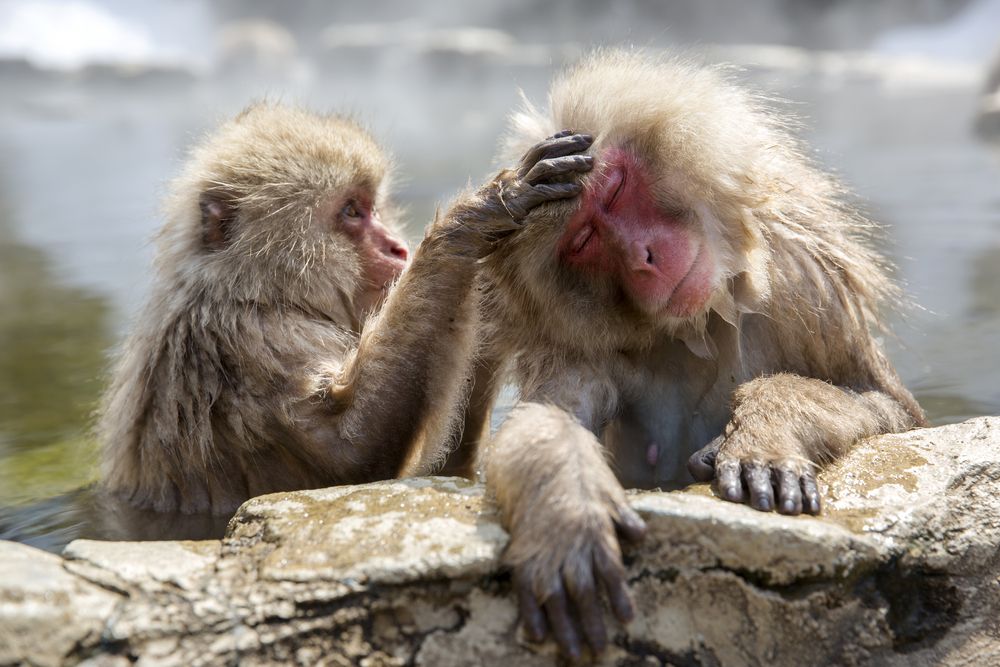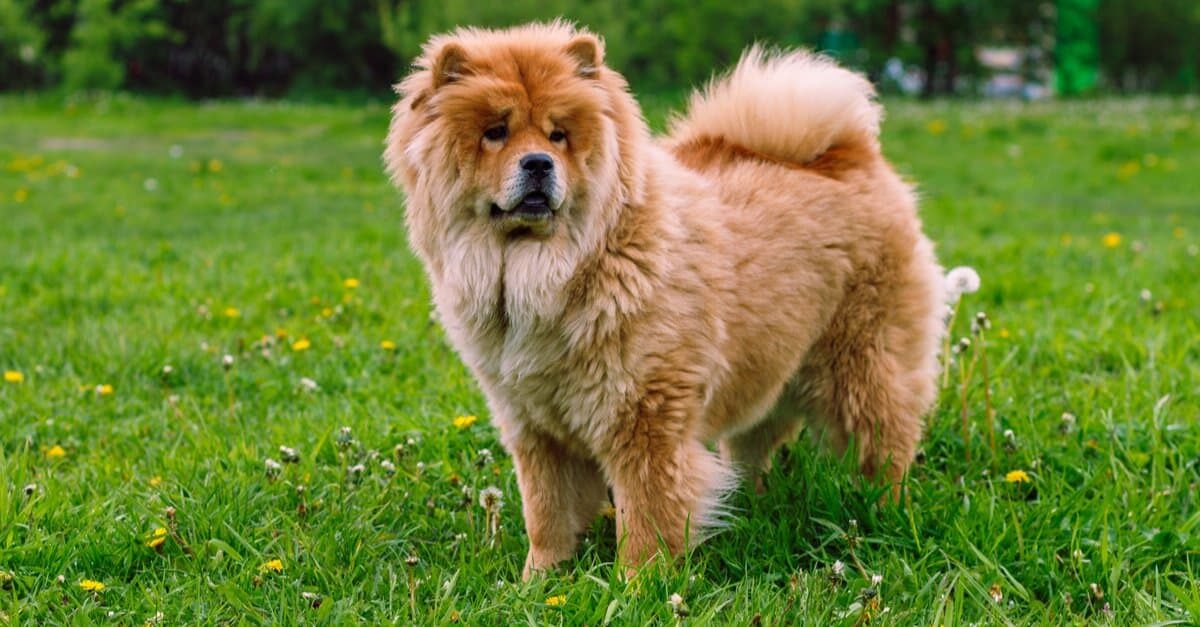Fur vs Hair Difference and Comparison
Table Of Content

Fur and hair, two terms that often spark confusion, represent essential elements of many animals' biology. These structures, while similar in function, are not identical. To understand the differences, we must explore their composition, roles in nature and the human impact on these materials.
Hair Adaptations
Distinguishing between hair and fur can reveal fascinating insights into the evolution and adaptations of mammals. These tactile hairs can be found on the faces of many animals, including dogs and seals, aiding in spatial awareness and the detection of prey or predators. Guard hairs on animals may also enhance their sensory input, reacting to touch and changes in their surroundings. Hair plays a pivotal role in sensory perception for many animals. Whiskers or vibrissae serve as sensory receptors, enabling creatures like cats to detect minute changes in their environment. The catagen phase is a transitional time where growth slows and the hair shaft detaches from the blood supply.
Adaptations in the Animal Kingdom
Hollow hairs and white or light-colored feathers/hairs are particularly susceptible to deterioration. In fur, structural damage manifests most often as broken hairs. Hairs originate from epidermal follicles that grow down into the dermis, the middle layer of the skin. The follicle is separated from the dermis by a membrane that produces cells that are rapidly keratinized to form a hair. Whether or not prehistoric bone bears other hallmarks of hair requires further research to discern.
Preparation of samples
To answer the hair vs. fur debate, you need to look at the types of hair, growth pattern, purpose, and texture. Hair refers to the fine thread-like strands growing from the skin. As mentioned above, the word hair is usually used to describe human hair.
Types of Cat Hair and Coats
New epidermal cells are embedded with keratin that becomes compacted, forming a hardened layer. This layer may be shed, sloughed off, molted, or retained and built up into specialized structures. Fur has long served as a source of clothing for humans, including Neanderthals. Historically, it was worn for its insulating quality, with aesthetics becoming a factor over time.
The vertebrate skeleton is internal and muscles attach from the outside. Vertebrate animals have developed some very interesting excrescences, or projections of the skin, some of which are well-known and easily oberved by most people. Although these characteristics are common among the most vertebrates, they are not all that common in the animal world as a whole. Hair's composition predominantly revolves around keratin, rendering it both strong and flexible. Each hair shaft emerges from a hair follicle, embedded within the skin, and extends outward. The texture and characteristics of hair can vary significantly among species, from the fine, straight hair of humans to the coarse, curly hair found in other mammals.
Categories
Robot Vacuums For Pet Hair 2024 - Forbes Vetted - Forbes
Robot Vacuums For Pet Hair 2024 - Forbes Vetted.
Posted: Fri, 20 Oct 2023 07:00:00 GMT [source]
Cats may have from one to three types of hair in their coats, referenced sometimes as "double coat," or "triple coat," plus their distinctive whiskers, which are also hairs. As evolution progressed, these proto-fur structures evolved into more complex and specialized forms, adapting to the unique ecological niches occupied by different mammalian lineages. Fur not only provided insulation but also played a pivotal role in camouflage, enabling predators to stalk their prey effectively and prey animals or dogs to evade detection. The outgrowth of hair from the skin of animals or mammals is known as fur.
Cat Hair and Allergies

This tough substance is produced by keratinocytes and forms the building blocks of hair in humans and fur in animals. The term fur refers to the body hair of non-human mammals also known as the pelage (like the term plumage in birds). Animals without fur may be referred to as “hairless” or “naked.” At certain stages of life, hair is absent in some of the species. The contour feathers (tail and flight feathers) are long and used as an aerodynamic device for flight. The plumules (down feathers) are for insulation to keep the bird warm. Their barbs or barbules (smaller versions of barbs) are not closely knit and so the plumules appear fluffy.
Oily guard hair is found as a layer on the fur, and a thick underfur below the fur. Dogs may have a double layer, with a soft undercoat that insulates and guard hairs that provide waterproofing and protection. In the realm of temperature regulation, fur acts as a superb insulator for animals. Dogs and cats boast a coat that adjusts with the season, thicker during the cold months for warmth and thinner when it’s warmer.
The awn hair's thin basal portion does not allow the amount of piloerection that the stiffer guard hairs are capable of. Mammals with well-developed down and guard hairs also usually have large numbers of awn hairs, which may even sometimes be the bulk of the visible coat. Most of what science knows about evolution comes from fossils, and hair doesn't fossilize. This means that we don't know when or why hair and fur evolved.
11 Best Pet-Friendly Throw Blankets The Strategist - New York Magazine
11 Best Pet-Friendly Throw Blankets The Strategist.
Posted: Mon, 23 Oct 2023 07:00:00 GMT [source]
Whiskers, or vibrissae, are located at places near a mammal's head. The roots of the vibrissae are connected to sensory nerves that are sensitive to movement and so help the animal to detect its environment. In some animal species like dogs, hair plays specialized roles. For example, the whiskers in cats and other animals serve as highly sensitive tactile organs, aiding in navigation and prey detection. Hair can also be adapted for specific functions, such as the dense fur of aquatic mammals, which helps in buoyancy and insulation.

Pelts were worn in or out, depending on their characteristics and desired use. Today fur and trim used in garments may be dyed bright colors or to mimic exotic animal patterns, or shorn close like velvet. Some animals have a combination of fur and hair to serve various functions, such as protection and sensory perception. In summary, the future of fur and hair is marked by a profound shift towards ethical and sustainable practices. As the world navigates these complex dynamics, the journey of fur and hair holds the promise of greater ethical and ecological harmony in the years to come.
Comments
Post a Comment